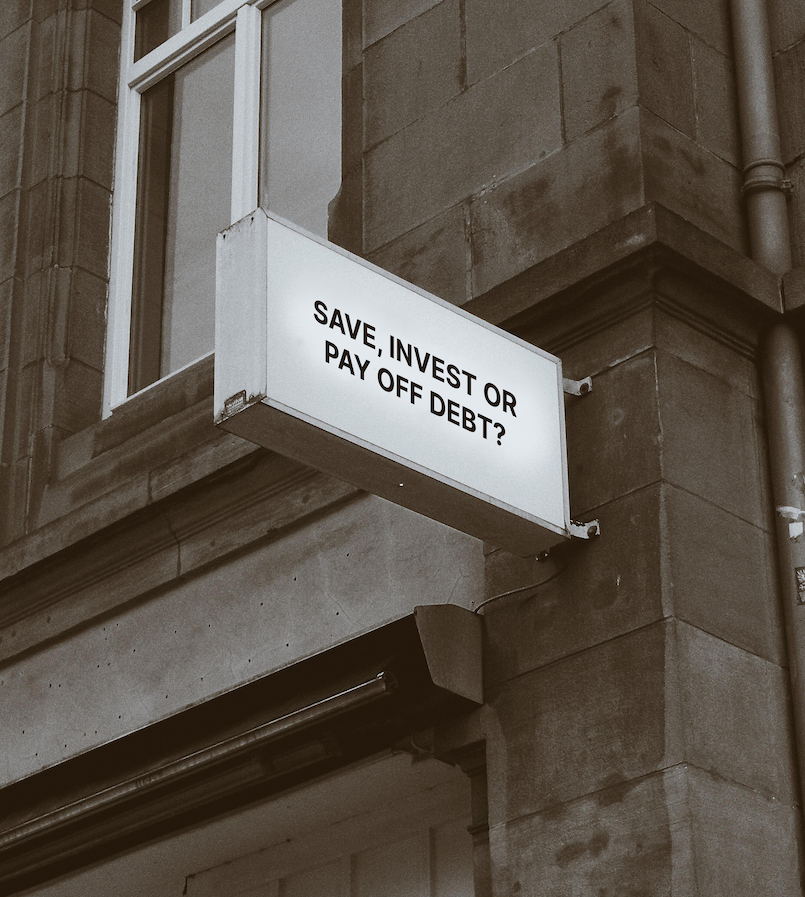Australians are really starting to take charge of their finances and we love to see it. We’re having way more open conversations about money, and financial tools are becoming more accessible than ever before. But there are still a lot of people basing their money decisions on word-of-mouth or advice from a ‘finfluencer’. So, we crunched the numbers to show you how saving, investing and paying off debt can impact various situations.
Feeling the FOMO
The micro-investor with a new set of wheels
The seasoned investor with a credit card conundrum
The aspiring homeowner with a lot of memories and a lot of debt
Keen to get on top of debt sooner?
Check out Wisr App and start putting your digital spare change to work.
Disclaimer: This article contains general information only, and is not general advice or personal advice. Wisr Services does not recommend any product or service discussed in this article. You must get your own financial, taxation, or legal advice, and understand any risks before considering whether a product or service discussed in this article may be appropriate for you. We have taken reasonable efforts to ensure that the information is accurate at the time of publishing, but the information is subject to change. We may not update the article to reflect any change.
3 Rates correct as of August 2021 as reported on the Australia Securities Exchange Website, Evolution of Income Investing on ASX. https://www2.asx.com.au/blog/investor-update/2021/evolution-of-income-investing-on-asx
The scenarios provided are hypothetical and based on macroeconomic conditions at the time of publication.
Calculations and formulas
Scenario 1: Calculating the potential return on investment:
$12 x 52 = $624
$624 x 8.5% = $53.04
$53.04 - $3.50 x 12 = $11.04 ROI
Scenario 2: Calculating the potential interest saved on car repayments:
$17,500 x 12.6% = $2205
$17,500 - $624 = $16,876
$16,878 x 12.6% = $2126.4
$2205 - $2126.40 = $80
Scenario 3: Calculating the interest payable on a personal travel loan:
14.6% divided by 12 monthly repayments x remaining loan balance = Interest paid that month.
Total interest paid over lifetime of loan = $963.65 at 14.6% interest over 3-year term.
Amortisation calculator: https://www.bankrate.com/calculators/mortgages/amortization-calculator.aspx




.png)